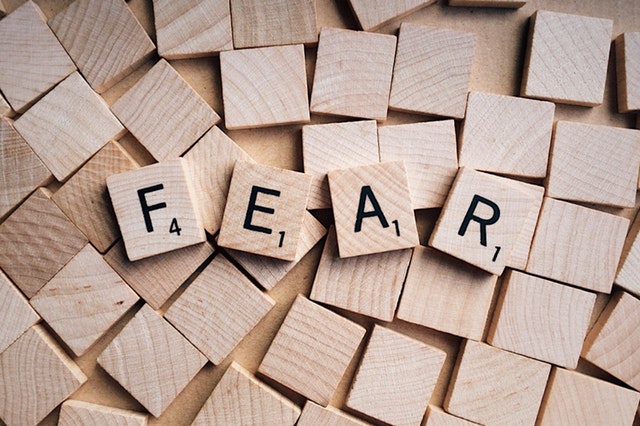
How familiar are you with the little voice in your head that increases in volume when you’re about to give a big presentation, meet with a potential client or have a difficult conversation? The volume on that thing can get so loud it throws us off our game. Enter fears and limiting beliefs and their influence on our ability to communicate with confidence, clarity and completeness.
Fears and limiting beliefs are at the root of why we get in our own way, the essence of human versus self conflict, and why we are said to be our own worst critics. They directly show up in how we communicate verbally and non-verbally. They are insidious, nasty creatures that also infiltrate the other elements of conscious communication – emotions, intention, values and preferences and if left unchecked, can take on a life of their own.
What are fears and limiting beliefs?
Fears and limiting beliefs are with most people pretty much all the time. Consider the following:
- I’m not enough
- I don’t matter
- I’m not worthy
- No one listens to me
- I’m not smart enough
Do any of these resonate with you? There is NO shame if they do. You are NOT weak and there is NOTHING wrong with you if they do. It’s human to have fears and limiting beliefs – I have them, your boss has them and all the people sitting around you do too. What’s most important is whether you’re conscious of them or not, as well as to what extent you’re aware of how they show up in your life, so you CAN best them.
How fears and limiting beliefs show up in our communication
Let’s illustrate. You’re about to give a presentation to the board of directors of your organization, but you have the fear/limiting belief of “I’m not smart enough” running in the background. Left unchecked, how will this show up in your presentation? Despite rehearsing and preparing ad nauseum, you trip over your words, break into a visible sweat and lose the confidence in your body language and voice intonation when asked questions as you constantly worry about whether you’re coming across “smart enough”.
Another example. You’re about to have a conversation with your close friend about a conflict you’ve been having with each other. You’re running the fear/limiting belief of “I don’t matter”. As you go back and forth in the conversation, you leave out some of the parts that have caused you to feel the worst in the situation, because you feel you “don’t matter”. You come out of the conversation feeling not quite like you’ve been heard, and while your friend leaves thinking the matter is resolved, you’re still carrying frustration and resentment that’s going to blow up again soon.
How to best fears and limiting beliefs
To best your fears and limiting beliefs, the first step is AWARENESS. Looking back on some of your most dramatic notable communication experiences, you might be able to start identifying some of the ways your fears and limiting beliefs have influenced your results. You might even notice some common themes. Once you can see them, you’ve started the process of dismantling the power they have over you.
Taking this a step further, allow your conscious awareness of your fears and limiting beliefs to shed light on your behaviours when communicating. What words do you use when the fear/limiting belief is active? How does it affect your body, and subsequently, your non-verbal communication? This specific awareness will empower you to choose different behaviours.
Addressing the root cause
When coaching clients, I spend a fair amount of time with them identifying the fears and limiting beliefs that come up in their interactions and the associated behaviours that show up as a result. The most enlightening and liberating part of this process is connecting the fear and limiting belief back to a root cause. All fears and limiting beliefs come from somewhere. It could be from an elementary school teacher who harshly criticized your science project presentation or an abuser who threatened you if you spoke up and told anyone about their abuse. These are both real-life root cause situations I’ve come across that have affected a client’s ability to communicate.
Whatever the root cause is, once we’ve clearly identified the fear/limiting belief, there is a very simple, quick and powerful tool I use to root out (pun intended) the fear and limiting belief, as well as any negative emotions associated with it, so clients can thrive. It’s one of the biggest turning points and one of the most rewarding parts of the coaching process.
This week’s challenge
Take a blank page and draw a vertical line to create two columns. In the left column, write “Fear or limiting belief” in the right column, write “Where does it come from?”
Think of an upcoming situation that requires you to communicate – it could be an important conversation you’ve been needing to have with someone, a networking event, a public speaking event, or anything else. Take a few minutes to list all the fears and limiting beliefs that come up when you think about that communication.
Once you’ve listed all the fears and limiting beliefs, move to the second column “Where does it come from”. Brainstorm on what past situations, people or sources may be the cause of each fear and limiting belief. What are your “aha” moments? Share some of your discoveries in the comments below.



